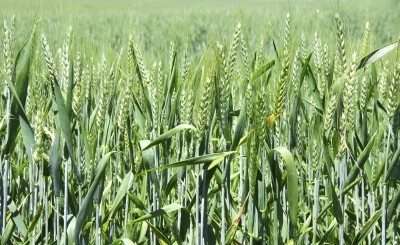
Wheat farming in Kenya is largely carried out. Wheat is a cereal crop, majority grown for commercial purposes. This is the second most important cereal after maize.
Wheat varieties.
The major variety of wheat grown in Kenya is Daruma. However, there are several other kinds of wheat varieties. These include:
Robin.
Kenya eagle.
Kenya kingbird.
Ks- Chui.
Kenya chirika.
- Drake bio-age, family, wife, children, songs and movies, net worth.
- Jon Fitch Bio, Wiki, Actor, Martial Artist, Age, Education, Family, Children, Wife, Net Worth, and Career
- Prof. Njuguna Ndung’u bio-age, wife, and education.
- George Magoha Bio-age, wife, Net Worth and Death.
- Cardi B nationality, age, husband, children, songs, worth.
- Jason Statham Bio-age, early life, family, net worth.
- Cory Hardrict age, family, wife, children, career, and movies.
Duma.
Ngamia.
Mbuni.
Pasa.
Areas where wheat farming takes place.
Nakuru.
Narok.
Trans Mara.
Laikipia.
Uasin Gishu.
Nyandarua.
Meru.
Keiyo.
Trans Nzoia.
Ecological requirements of wheat farming.
Altitude. Altitude areas that cultivate wheat usually have an altitude of 1500-2900m above sea level.
Rainfall. It does well inadequate rainfall that ranges from 500-1300 mm.
Soil. It usually requires deep fertile soil that is well-drained. However, the PH should be 5.5-7.5. You should know that wheat is generally very sensitive to soil salinity.
Temperature. A temperature of about 15.5 degrees Celsius is required during the growing season. However, the weather should be moist and warm during the early stages.
Procedure.
Land preparation. This is made easier by the use of clampdown 480sl 200 ml/20l. However, this is a non-selective herbicide used to kill all types of weeds.
Till the soil to a depth of about 6 inches.
Mix soul with manure and DAP. Additionally, it improves the rate of nutrient uptake.
Sow seed. This can be achieved through broadcasting, dibbling the seed at a depth of about 4cm.
Cover the seed with a thin layer of soil. In addition, it prevents seeds from drying out in the sun and from being fed by birds.
water the newly sown seeds. However, this may be optional, especially if planting has been done on the onset of rains.
The germination of wheat seeds is usually after 4-7 days.
Weed management.
Use herbicides eg 2-4D amine, Buctril, Granstar, and Glean at 4-6 leaf stages.
Pest management.
Chapter grubs. Spray with a suitable insecticide.
Cutworms. Seed dressing with imidacloprid, use suitable insecticide eg decis.
Birds. Use bird scoring devices, liaise with the nearest agricultural department. However, this is for assistance on the bird’s control strategies.
Rats. Practice field sanitation, trap the rats, bait with rodenticides. However, effectively clear bushes around crop fields.
Harvesting.
When the wheat has reached full maturity, the kernel becomes difficult to divide with a thumbnail. It is ready for harvest when the kernels have been achieved maximum weight and suitable moisture level. However, harvesting is best done by combined harvesters. Therefore, to fetch the highest price, the wheat must meet high-quality standards. These include high weight, low moisture content, and optimum protein content. Buyers will assess wheat for these parameters and pay according to grade.
- List of best private primary schools in Kirinyaga County.
- How is The Lenana Boy school and location?
- The best private primary schools in Nyeri county.
- Kenya Institute of special education, courses.
- List of Best private secondary schools in Nairobi County.
- What is the history of Kenyatta University?
- Best Public High Schools in Kiambu County.